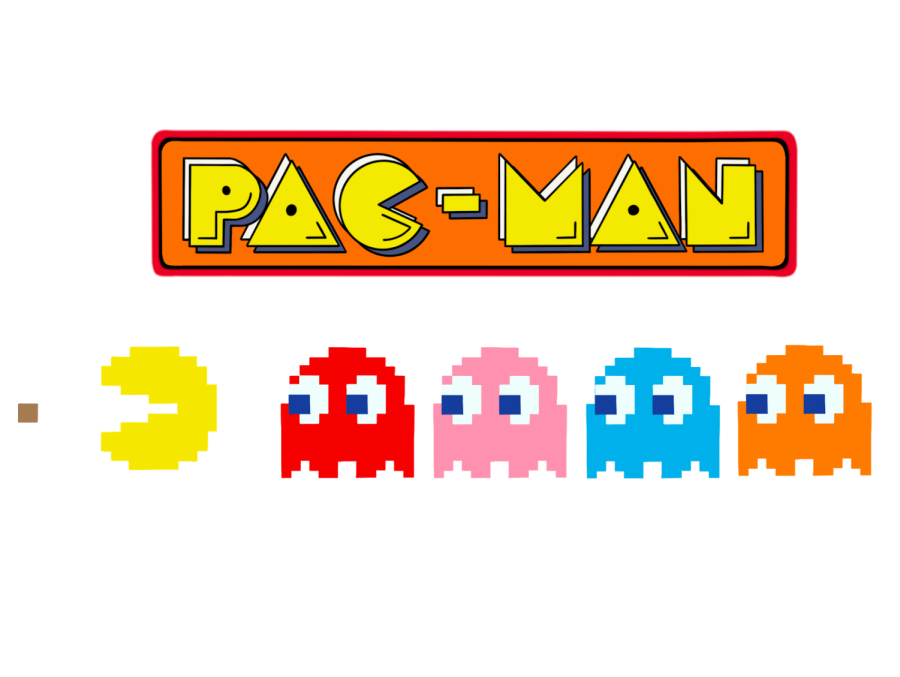Retro Review
Classic video games from the 80s that many still know and love
Pac-Man
There’s nothing more retro than this arcade title released in North America on Oct. 10, 1980. “Pac-Man” is the most well known video game character due to its simple yet effective design. The bright, yellow-mouthed circle Pac-Man travels through a maze while avoiding ghosts. He only has one goal: eat everything. The idea is well executed, if repetitive, as the maze map stays exactly the same. This makes sense for the arcade setting the game was intended to be in but lacks the prolonged engagement required to hold up well in a modern context. However, coming up with a strategy to avoid the ghosts or attack them still remains enjoyable today.
Super Mario Bros.
In this 1985 “Nintendo Entertainment System” classic, you play as the stout, heroic plumber Mario, with the goal of saving Princess Toadstool from the evil King Bowser. “Super Mario Bros.”–while largely being credited for it’s clever design principles and for saving the United States gaming industry–remains a video game in its purest form: one that manages to encapsulate the unadulterated fun of jumping around through a mythical kingdom. This is a 2-D platform game at its finest. From the eloquent design of Level 1-1, to the memorable characters and music, “Super Mario Bros.” remains as well crafted as ever. While the small blemishes of outdated graphics and slippery game physics are noticeable today, they don’t take away from the enjoyment experienced playing this game.

Tetris
The Russian puzzler best known for its July 31, 1989 release on the “Nintendo Game Boy” may seem too basic to uphold an addictive quality, but its simplicity is what drives its addictive nature. In “Tetris” one of seven four-squared “Tetromino” blocks randomly falls from the top of the screen. The player’s goal is to survive as long as they can, moving and orienting the pieces in order to clear out a solid row of blocks. Developing a strategy to fill each row and prevent the blocks from reaching the top of the screen is satisfying gameplay gimmick. Accompanied by a catchy tune and more challenging levels, the game quickly ingrains itself in your memory. “Tetris,” even on the dull green screen of the aged, brick-like “Game Boy”–with its unpretentious graphics–remains a hallmark for its time and in a modern context.

Your donation will support the student journalists of Woodbridge High School. Your contribution will allow us to purchase equipment and cover our annual website hosting costs.

Howdy there Warriors! My name is Oliver Corcoran, returning for the 2020-21 Opinion Editor position. This is my 3rd year in the Golden Arrow, and I'll...







